The Beauty of Life Discovered in
Chance Encounters
Text by. Seong Jae-heon Photo by. Ha Ji-kwon
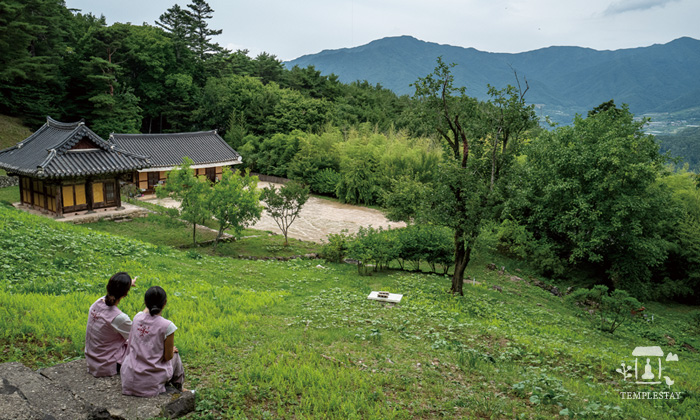
Silsangsa Temple sits on Mt. Jirisan, a place where the sky stretches out to infinity after navigating past scores of steep mountains, a place where the angry water pouring down from the steep valley relaxes and slows down.
I crossed a bridge guarded by a jangseung (totem pole), which looked more comical than intimidating, and entered the temple compound after walking past a lotus pond bedecked with white lotus blossoms.
The couplet written in Korean on a pillar at the Cheonwangmun (Gate of Four Heavenly Kings) seemed oddly out of place: “Let fullness shine, and let emptiness shine too.”
In front of this large gate stood an old man, his back twisted and legs bent, precariously supported by a cane. He was wearing a shabby vest and a bucket hat, but his modest demeanor and sharp eyes struck me as somehow extraordinary. I sat on a rock in the corner to enjoy the bitter scent of lotus flowers and admire the temple scenery from afar. The old man, his back to the temple, did not move for a long time. I was curious as to why, so I took a step closer and asked him.
“Dear sir, what are you looking at so intently?”
The old man turned his head, his eyes clear and smile innocent. I found him adorable.
He answered, “Cheonwangbong Peak on Mt. Jirisan. It is most beautiful when viewed from Cheonwangmun Gate.”
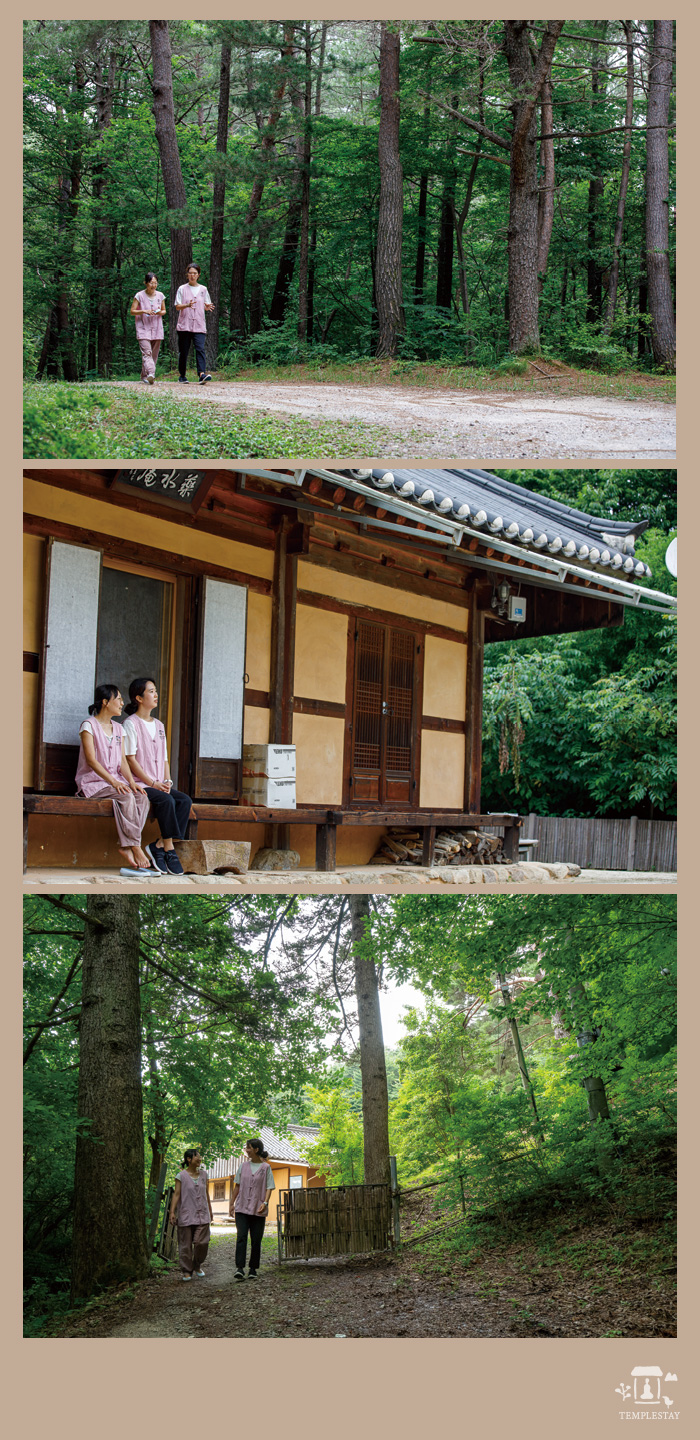
To be so amazed by the beauty of nature at his age.
His sensitivity was amazing. Piqued with curiosity, I asked him about this and that, and finally found out who he was. He was a priest who had taught students all his life at a Catholic university before retiring. We stood side by side in front of Cheonwangmun Gate and talked a while. I wanted to learn a thing or two from him, this priest who had worked so hard to live a good life. So, I dared to ask him. “Father, what advice do you have for the younger generation?”
He said, “I hope you too become a welcome guest to your neighbors.”
The wisdom in his soft voice was as fragrant as a lotus blossom.
We parted ways, and I entered the temple. Silsangsa is a temple run by a community of monks and laity who work and practice together. Here, there is no distinction between monks and laity, men and women, young and old, mundane and divine. There is only one community that works together, eats together, and practices together. It is just a gathering of people who exist as nature does, constantly changing and adapting as one.
Is that why its name means “Nature of Reality Temple?” I asked myself.
I laughed at myself at the forced interpretation, thinking maybe that was too much of a stretch. When I went to the temple office and said I wanted to hike the path to Yaksuam Hermitage, the abbot told me there were two paths I could take, after which one of the community members volunteered to guide me.
They were such kind and gentle people.
I chose the less strenuous path. As I left Silsangsa Temple and turned onto the mountain path on the right, I saw a sign that said, “Jogyeam Hermitage Site.”
After passing through a field of bracken ferns and cutting through bushes that were about knee-high, we came across the site of an old hermitage with a row of monks' stupas. One stupa was for Preceptor Pyeonun, a disciple of State Preceptor Hongcheok.
At the end of the Silla Dynasty, Ven. Hongcheok had founded the Silsangsan School, one of Korea's Nine Mountain Seon Schools. Pyeonun's stupa was engraved with the word “Jeonggae,” the name of the era used by Gyeonhwon of Later Baekje. Also on the stupa was engraved the expression, “The monk who lived like a cloud.” I thought it was beautiful, and the simple bowl shape of the stupa was truly elegant.

I turned around and headed toward Yaksuam Hermitage. The forest path, shaded by dense pine trees, was wide and flat. However, the monotonous scenery bored me for some reason. Although I was hiking on Mt. Jirisan, I saw no spectacular rock formations or beautiful trees on the way to the hermitage, and the trail was flat and uninspiring.
I also saw no cool valley streams that are so common on Mt. Jirisan. Even though I was walking slowly, as I do when climbing the mountain near my home, I was drenched with sweat because of the heat. A grumble about coming here for nothing caught in my throat and tickled. In an attempt to relieve my boredom, I asked my guide, “Do many people walk this path?”
She responded, “Yes, the villagers walk it often. Also, there's a rumor that weak and infirm people get better after drinking the spring water from Yaksuam Hermitage. That's why people come here.”
“Do you walk this path often?”
“I walked it almost every day for a while.”
“Why?”
“Just because I like it.”
What on earth is so likable about this trail? What is its charm? I don't see any. I was curious about why she liked it, but at the same time, I was skeptical. I asked her cautiously, “Which season do you like best for climbing?”
“I like them all. Spring, summer, fall, and winter all have their own unique charm. In spring, I like the flowers blooming in every rock crevice, and in fall, I like the sound of the wind rustling the fallen leaves.
I once enjoyed walking alone during a summer rainstorm. That too was also fantastic.”
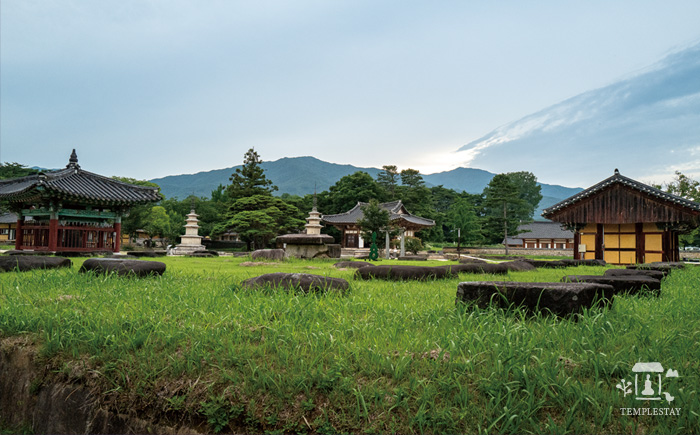
A wise answer to a foolish question. So, I asked another.
“No matter how much you like it, it must be tiring to walk every day. Is there a special reason?”
She paused for a moment, then smiled and said, “I just like having time for myself.”
My grumblings about the uninspiring path had ceased at some point. Right. Even though it was the path to Yaksuam Hermitage, why should that be the only reason we are walking here? Walking and walking on a remote mountain path was not in order to accomplish anything. We were just making time for ourselves. I liked her answer so much that I smiled broadly as well. I asked another question.
“When did you come to live at Silsangsa Temple?”
“Ten years ago.”
I thought she was just a young girl, and was surprised that she had already been living here for10 years.
We arrived at Yaksuam before I knew it, panting and sweating profusely. I ran straight to the spring, putting off paying my respects to the Buddha and admiring the woodcarvings in Bogwangjeon Hall, which were designated national treasures. I poured the healing spring water of Yaksuam over my head first. It was so refreshing that I felt instantly healed of whatever ailment I may have had. With a refreshed state of mind, I sat down on the wooden floor of the temple dormitory. A man approached me and handed me his cell phone saying, “Would you take a picture for me?”
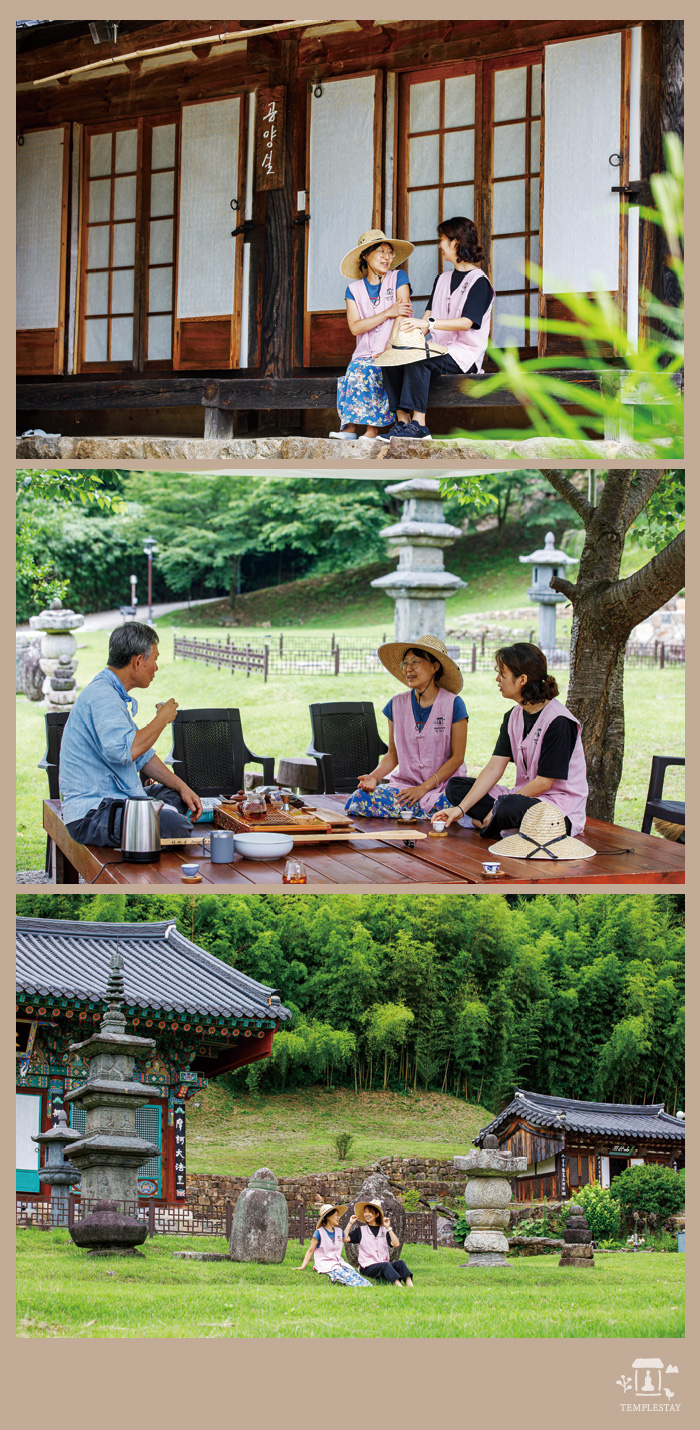
Looking through the camera lens, I thought he looked very bright. Perhaps taking a picture of him would create a karmic tie between us. We sat down on the wooden floor together and began to converse quite naturally. He seemed to feel comfortable with me and began telling me about his life. He said that he regarded supporting his family as his reason for living. He had devoted his whole life to his job and had recently retired after serving as the president of Hyundai Motor Company's Northern Europe branch.
Here, I will try to paraphrase what he told me as we walked down from Yaksuam.
“After I retired, I started to feel sick physically and mentally. I also started to experience symptoms of depression and suffered from shingles. People around me told me, 'Now do what you want to do and live your life.' But I've only worked my whole life, so what kind of hobby should I take up? Looking back, I didn't know how to do anything else except work, and didn’t really have anything I wanted to do. I was wondering what I should do, Then I suddenly remembered how much I liked drawing when I was young. So I called my daughter—who had graduated from art school and was working as a designer—in the middle of the night, and asked her to teach me how to draw. She said ‘OK.’”
“She readily agreed. I felt sorry thinking she must be busy, but at the same time, I was excited to learn how to draw again. She came to visit me one weekend.
She handed me a thick piece of drawing paper and 40 different colored pencils and said, ‘Draw what you want to draw.’ I was shocked and a little annoyed. I thought she wasn't taking me seriously. So, I said, ‘If I knew how to draw, would I have asked you to teach me?’”
“Then, she said with a serious expression. ‘Dad, you don't learn how to draw. You just draw.’ I replied, ‘I don't want to just draw. I want to draw well.’ She said, ‘If you want to draw well, just draw a lot. That's how you learn to draw. I'll buy you as much drawing paper and colored pencils as you want.’”
“My head was spinning. I thought she was just a kid, but she was much wiser than I was. After that day, I just did this and that and eventually figured out what I liked doing. Now I'm living on Mt. Jirisan and renting a friend's house for three months. I take pictures of this valley, that valley, this ridge, that ridge.”
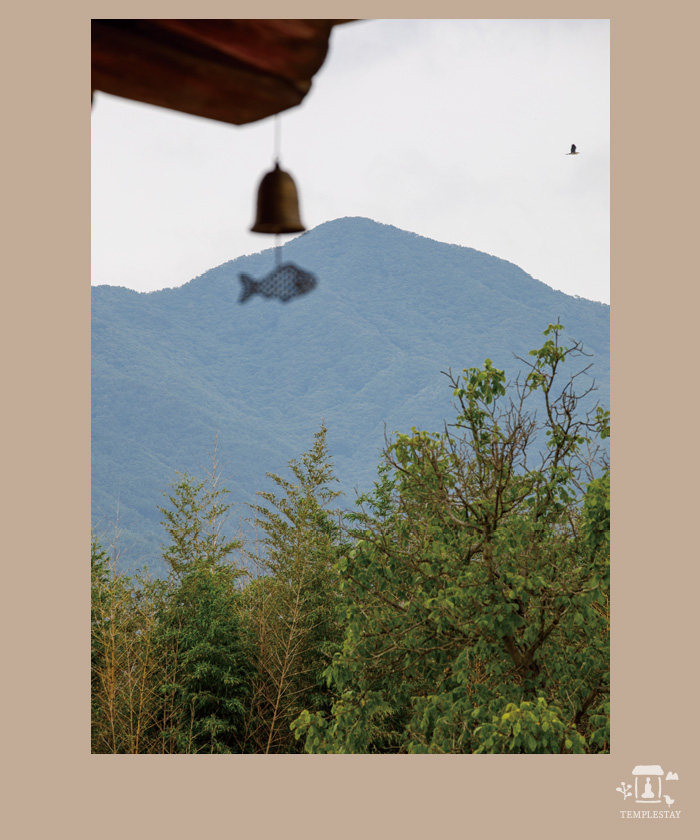
He came closer in an affectionate gesture and showed me pictures he had taken of the sunrise from Cheonwangbong Peak on Mt. Jirisan and the pillars of Bogwangjeon Hall in Silsangsa Temple. which is devoid of dancheong.
“Aren't these beautiful?” he exclaimed.
His face—smiling brightly while showing me the photo—was somehow radiant. I rejected his invitation to have dinner together, and we parted ways in front of Silsangsa Temple. Perhaps because I had sweated so much that day, I showered, ate dinner, and went straight to bed.
At dawn. I woke up before the temple bell rang, faced Cheonwangbong Peak, and sat on a rock in front of Cheonwangmun Gate. The foothills of Mt. Jirisan surrounded me like an ocean, and perhaps because of its wide embrace, the expansive dawn sky felt somehow brighter. Sitting in that embrace, I listened quietly to the sound of the temple bell shaking the darkness. The candlelit Buddha in Bogwangjeon Hall was as beautiful as a single red lotus blossom.
Once, I had dreamed of a life in seclusion. I wanted to live in a place untainted by fame and profit, breathing in the scent of humanity, living together like a herd of roe deer.
“Could this temple be a village of hermits?” Come to think of it, I don't even remember the names of the priest, the guide to the hermitage, the man, or the abbot I met yesterday. Would a hermit need a name? Suddenly, I thought of a poem by Tao Yuanming.
Even though I live in a crowded neighborhood,
there are no noisy guests coming and going.
I ask how it this possible, and they say,
if you keep your mind far away, the place where you
live will naturally become the outskirts.
I pick chrysanthemums under the eastern fence,
and look at Mt. Namsan in the distance.
The colors of the mountains are beautiful in the setting sun,
and the flying birds return in flocks.
There is a true meaning to living this way.
I want to tell you about it, but I have already forgotten the words.
When I come back to Mt. Jirisan next time, I will park my car in Maedong Village and walk to Seojinam Hermitage and then to Baekjangam Hermitage.
Seong Jae-heon served as a sutra translator at the Dongguk Institute of the Tripitaka and is currently working as a member of the translation committee for the Collected Works of Korean Buddhism. He participated as a member of the Jogye Order's writing committee for Life of the Buddha and Introduction to Buddhism for Youth. His books published in Korean include Coffee and Dharma and People Who Have Met the Buddha.
Silsangsa Temple
+82-63-636-3031
http://www.silsangsa.or.kr




